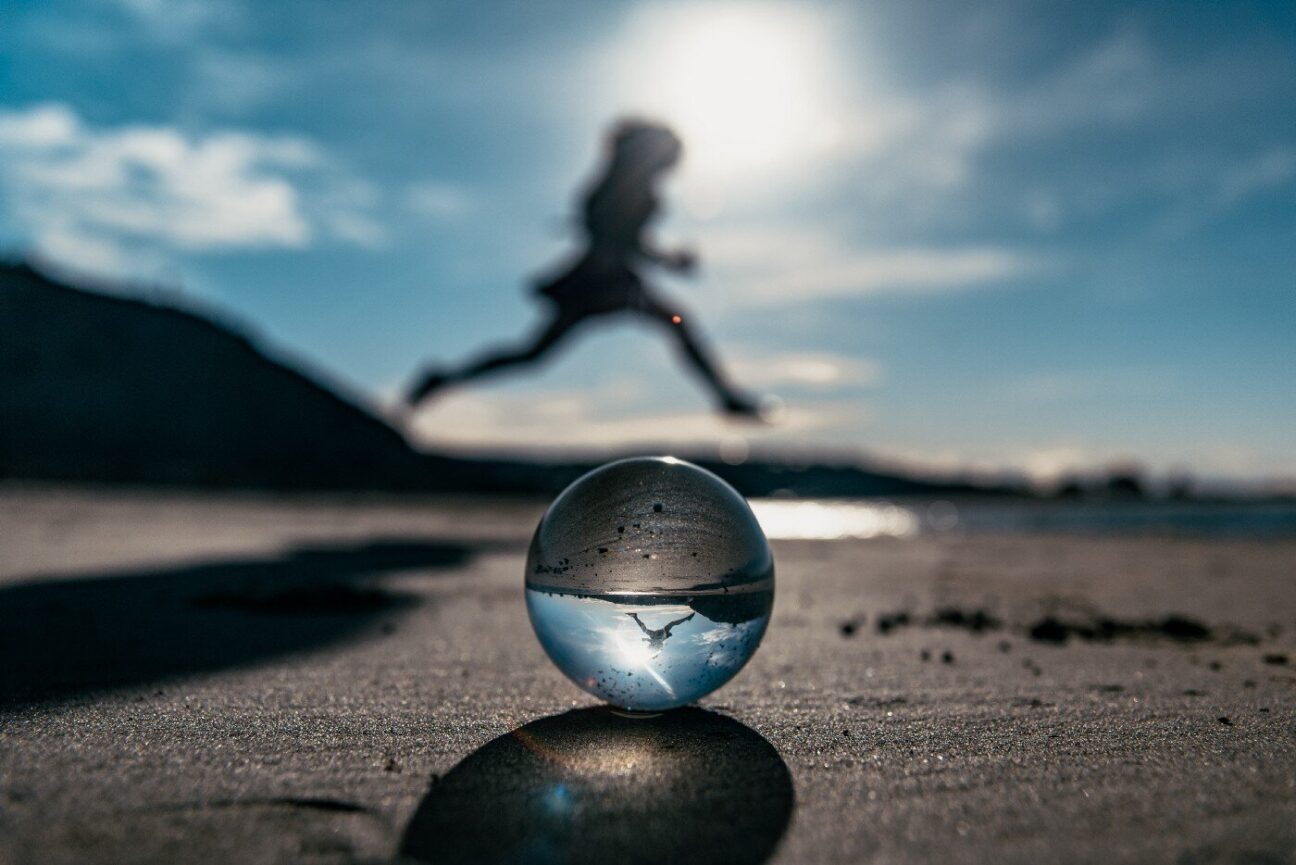(Reading time 3 min.)
It’s high time I start prioritizing the earth when I design.
Something has captured my attention recently. Something that I’m surprised I haven’t come across before. Or at least if I did, it didn’t capture my attention in the same way. It’s called Circular Economy. I started to learn about it thanks to Linn Lindfred, who is a Circular Economy and Sustainable Innovation consultant here at Jayway. As a Service Designer, it’s been very enlightening to start considering things I do from a circular economy perspective.
Circular economy in a nutshell.
The Ellen MacArthur Foundation describes circular economy as being “…based on the principles of designing out waste and pollution, keeping products and materials in use, and regenerating natural systems.” Essentially, it’s a transition from linear to circular processes. Sub loops like recycling, reusing, remaking, and reducing are just some of the core parts to consider from the circular economy method.
My closest reference point to circular economy until recently was sustainability. I remember a time when I fell in love with everything about the UN’s sustainable development goals (SDG). That was back when I did some postgraduate studies in environmental management. But that was over 5 years ago. So, what has happened since then? Well, clearly A LOT! Because somehow I managed to miss the discipline of circular economy completely. Either that, or I have a really terrible memory! The good news is that it still strikes a chord with me, and so it should.
How can I live on this earth and not want to take some kind of responsibility?
I’m eager to learn more about what I can do to help make a difference in examining methods from this discipline. Especially in the area of service design. So, I’ve taken a self motivated crash course to increase my understanding of how circular economy can positively impact design.
Top 5 beginner resources.
Whether we’re dealing with a physical, digital, or hybrid product or service, or even product as a service, I believe we can learn from circular economy. We can learn to evolve our ‘usual’ processes for any of these cases. Here’s what I’ve found helpful so far:
1. Use2Use Design Toolkit
Developed by Oskar Rexfelt and Anneli Selvefors at Chalmers University of Technology, Gothenburg, Sweden. It helps one address design challenges from a circular economy perspective. In particular, it helps one to understand product and service design for circular consumption, in a user centric fashion — my favourite! At the time of writing this I can see 4 different tools available:
In particular, I was intrigued to learn more about Multi-Use cycles. Thinking about how products might be handed from one user to another over time, and how we can positively influence that cycle. Especially when needs will continue to change into the future. This toolkit definitely has a lot of helpful questions to stimulate ideas for diverse & evolving user groups.
2. Ellen Macarthur Foundation.
They exist to help businesses, governments and education providers, amongst others, to transition to a circular economy. They have an amazing wealth of resources, guidance and training available on their site. It was here that I discovered a bunch of awesome worksheets including one on Circular Opportunities. It has a range of questions on prolonging product life, and purposeful inputs & outputs. One of my favourite questions there is, ‘Can your product become a service in some way?’. A crucial question to explore to find ways to create engaging products that can withstand a longer life cycle whilst providing a more supportive and expansive experience for users.
3. The Circular Design Guide.
I progressed quite naturally to this guide as it’s a joint venture between the Ellen Macarthur Foundation and IDEO. It posed such a great question on its homepage that really resonated with me as a Service Designer ‘what if you could redesign everything?’ I really liked their ‘Service Flip’ worksheet that asks one to brainstorm different ways to meet users’ core needs. Also, to consider ‘what might be the benefits of not having to own this product?’. I believe this last one is especially worthwhile analysing when designing a new service experience.
4. Biomimicry
The circular design guide led me to discover the Biomimicry Institute. The two stand out elements to me from the Biomimicry Design methodology are ‘Biologize’ and ‘Emulate’ as they stimulate one to ask ‘how might we be inspired by nature?’ during design challenges. If we can reframe our questions in ‘biological terms’, we can aim to create solutions that resonate with nature.
5. Ask Nature
I continued down the circular economy rabbit hole to find this great site which lets one search keywords or pose a question to learn how nature can inspire our designs. There’s plenty of awesome ideas, case studies and resources here.
Just the tip of the iceberg
I realize that I have only just scratched the surface so far! I’m looking forward to delving deeper to learn more about circular economy and how I can apply it to service design, as well as design in general. I’m keen to hear your experience of circular economy so far, and circular design for that matter!
Thanks for reading 🙂
